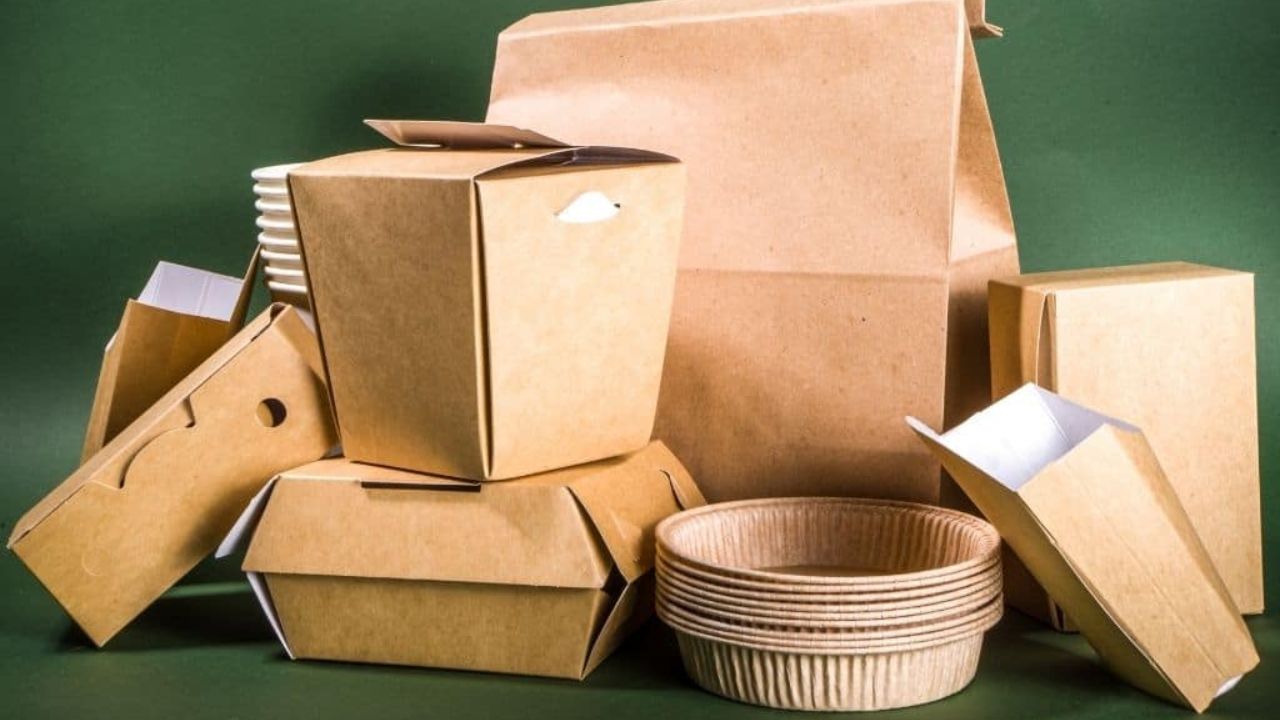The paper box packaging industry experiences an active transformation because industries focus on sustainability along with innovation and consumer experience. The year 2025 marks the time when manufacturers will implement modern design approaches and technological advancements to satisfy changing market needs alongside environmental responsibility. The new paper box packaging manufacturer trends reshape both the creation process and operational capabilities in an environmentally conscious marketplace.
Smart Packaging Integration
The paper box packaging industry is integrating technological features that enhance its capabilities. Manufacturers place QR codes and NFC chips along with augmented reality markers directly onto their product boxes. The integration of these elements enables consumer interaction by delivering product details and authenticity checks as well as brand storytelling experiences. The implementation of smart packaging technologies enhances supply chain operations through better inventory tracking systems while improving tracking capabilities for logistics management. The paper box industry will transform into a data-driven communication platform by 2025.
Minimalist and Functional Design
The paper box packaging design trend shifts toward basic and practical aesthetics. Brands select clean linear designs, muted color schemes, and uncluttered typography to create modern, trustworthy brand images. Manufacturers focus on functionality by developing boxes that open easily, feature resealing capabilities, and optimize shipping features for e-commerce. The user-friendly design method improves unboxing satisfaction while simultaneously minimizing shipping-related damage and waste.
Customization and Short-Run Printing
Personalization stands as a dominant force in the market trends of 2025. Digital printing technology allows manufacturers to deliver premium short-run printing services at competitive prices. The flexible capabilities of packaging let brands produce tailored designs for seasonal promotions, influencer partnerships, and targeted marketing initiatives. Modern paper box manufacturing depends heavily on fast, agile printing capabilities because unique brand-specific packaging designs have become a requirement for manufacturers.
Rise of Multi-Use and Reusable Boxes
People who care about the environment now value packaging that performs additional functions after serving its primary purpose. The manufacturing industry for paper boxes has created products that consumers can use repeatedly for storage needs, gift-wrapping, and decorative arrangements. Multi-use designs from manufacturers enable packaging to last longer while building brand loyalty through enhanced consumer value.
E-commerce in Shaping Packaging Design
E-commerce expansion at a rapid pace influences the development of paper box packaging through the requirements of online retailers. Manufacturers will focus on creating e-commerce-oriented designs during 2025 because the industry requires durable packaging solutions that optimize space utilization. Packaging optimization focuses on protecting items throughout delivery while lowering expenses and improving customer satisfaction from unboxing. Subscription services, together with direct-to-consumer models, drive the need for branded paper packaging that protects items while providing each customer with a personalized unboxing experience. The convenience and expectations of digital shopping transform paper packaging because they drive fundamental changes to its design and operational characteristics.
Sustainability at the Forefront
The principal trend of 2025 involves a sustained emphasis on developing sustainable solutions. The paper box manufacturing industry directs its efforts toward creating products from 100% recycled materials while applying water-based inks and biodegradable coatings. Brands now seek sustainable packaging solutions because they want to match their environmental commitments to their product packaging. The transformation extends throughout the entire supply chain because it affects both material procurement and the implementation of circular production methods. The adoption of mono-material boxes, together with plastic lamination reduction, enables brands to achieve their circular economy objectives.
Conclusion
Paper box packaging will transform into a sustainable and innovative solution that prioritizes consumer needs during the upcoming decade of 2025. Manufacturers who adopt these trends fulfill current industry needs while actively creating an improved, sustainable packaging environment that engages consumers. The paper box continues its evolution toward greater intelligence and sustainability while delivering increased impact in the marketplace.
